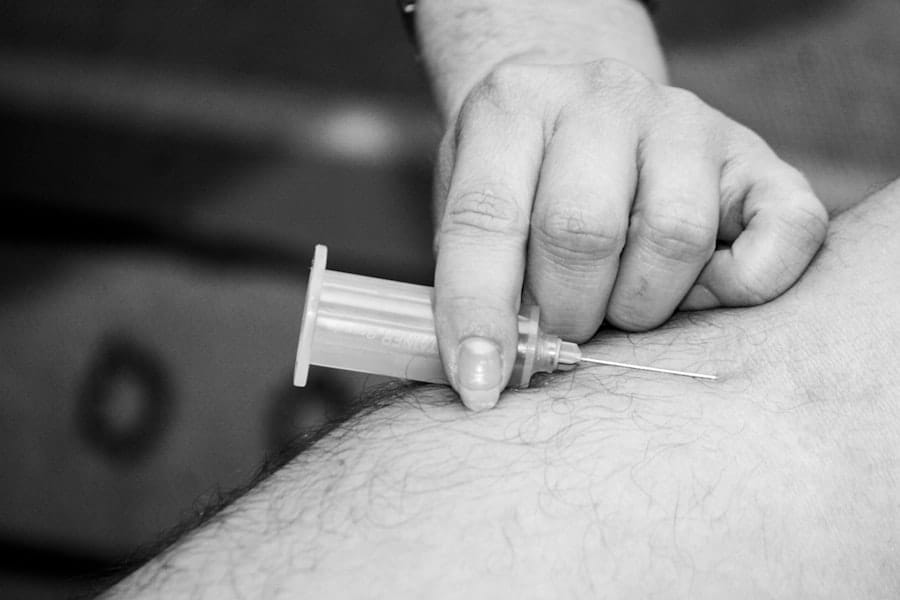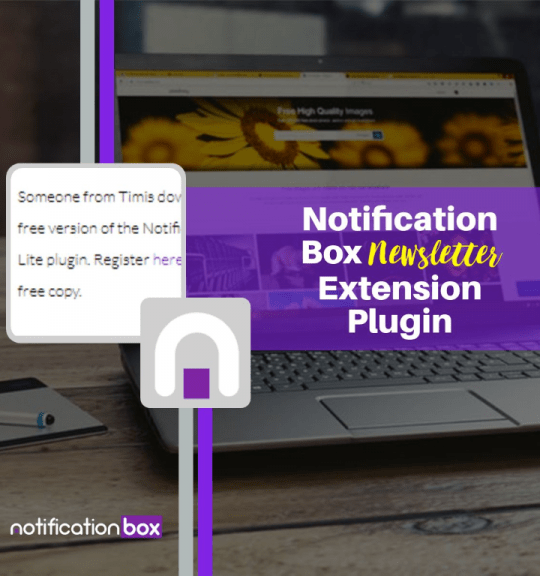Blog
Streamlining Patient Information with Digital Medical Boards and a Notification Box
In the rapidly evolving landscape of healthcare, the integration of technology has become paramount in enhancing patient care and operational efficiency. Among the most significant advancements are digital medical boards and notification boxes, which serve as pivotal tools in modern medical facilities. Digital medical boards are electronic displays that provide real-time information about patients, staff, and hospital operations, while notification boxes serve as alert systems that communicate essential updates and reminders to healthcare professionals.
Together, these technologies are transforming how information is shared and managed within healthcare settings. The adoption of digital medical boards and notification boxes is not merely a trend; it represents a fundamental shift in how healthcare providers interact with information. By replacing traditional paper-based systems, these digital solutions offer a more dynamic and engaging way to present critical data.
They enhance visibility, improve communication among staff, and ultimately contribute to better patient outcomes. As healthcare organizations strive to meet the demands of an increasingly complex environment, the implementation of these digital tools is becoming essential for maintaining high standards of care.
Digital medical boards play a crucial role in improving workflow efficiency within healthcare facilities. Traditional methods of communication, such as paper charts or bulletin boards, can be cumbersome and slow, often leading to delays in patient care. In contrast, digital boards facilitate seamless communication among staff members by providing instant updates on patient status, treatment schedules, and departmental announcements.
This immediacy helps eliminate bottlenecks in workflow, allowing healthcare providers to focus more on patient care rather than administrative tasks. Additionally, digital medical boards can be customized to meet the specific needs of different departments within a healthcare facility. For instance, surgical teams can have access to real-time updates on operating room availability and patient readiness, while nursing staff can monitor patient vitals and medication schedules at a glance.
This tailored approach not only enhances individual department efficiency but also fosters collaboration across the entire organization. As a result, healthcare facilities can operate more smoothly, ultimately leading to improved patient satisfaction and outcomes.
The Role of Notification Boxes in Enhancing Communication
Notification boxes serve as an essential complement to digital medical boards by enhancing communication within healthcare settings. These alert systems can deliver critical messages directly to staff members’ devices or designated screens throughout the facility. Whether it’s a reminder about an upcoming procedure, an alert regarding a patient’s condition change, or an announcement about staff meetings, notification boxes ensure that important information reaches the right people at the right time.
In busy healthcare environments, it can be challenging for staff to stay informed about every update or change. Notification boxes help prioritize information by highlighting urgent messages and reducing the risk of important details being overlooked.
This streamlined communication not only improves response times but also fosters a culture of accountability among staff members who are better equipped to act on timely information.
Ensuring Patient Privacy and Security with Digital Medical Boards
As healthcare facilities increasingly adopt digital solutions like medical boards and notification boxes, ensuring patient privacy and security becomes paramount. The transition from paper-based systems to digital platforms raises concerns about data breaches and unauthorized access to sensitive information. However, modern digital medical boards are designed with robust security features that protect patient data while still allowing for efficient information sharing.
Encryption protocols, secure user authentication, and access controls are just a few of the measures that can be implemented to safeguard patient information on digital medical boards. Additionally, compliance with regulations such as HIPAA (Health Insurance Portability and Accountability Act) is essential for any healthcare organization utilizing these technologies. By prioritizing security in their digital strategies, healthcare providers can maintain patient trust while reaping the benefits of enhanced communication and efficiency.
Integrating Digital Medical Boards and Notification Boxes into Existing Systems

The successful integration of digital medical boards and notification boxes into existing healthcare systems requires careful planning and execution. Organizations must assess their current infrastructure and identify areas where these technologies can be most beneficial. This may involve upgrading hardware, investing in software solutions, or training staff on new processes.
A well-thought-out integration strategy ensures that the transition is smooth and minimizes disruptions to daily operations. Collaboration among various stakeholders is also crucial during the integration process. Engaging IT professionals, clinical staff, and administrative personnel can provide valuable insights into how digital tools can best serve the needs of the organization.
Furthermore, pilot programs can be implemented to test the effectiveness of digital medical boards and notification boxes before full-scale deployment. By taking a collaborative approach to integration, healthcare facilities can maximize the potential benefits of these technologies while addressing any challenges that may arise.
Overcoming Challenges and Resistance to Adoption
Despite the clear advantages of digital medical boards and notification boxes, some healthcare organizations may face challenges or resistance when it comes to adoption. Concerns about cost, training requirements, and potential disruptions to workflow can create hesitancy among decision-makers. Additionally, some staff members may be resistant to change due to familiarity with traditional methods or fear of technology.
To overcome these challenges, it is essential for leadership to communicate the long-term benefits of adopting digital solutions clearly. Providing comprehensive training programs can help alleviate fears associated with new technology while empowering staff members to embrace change confidently. Furthermore, showcasing success stories from other organizations that have successfully implemented digital medical boards can serve as motivation for those hesitant about making the transition.
The Future of Patient Information Management with Digital Tools
As technology continues to advance at an unprecedented pace, the future of patient information management will undoubtedly be shaped by digital tools like medical boards and notification boxes. The ongoing development of artificial intelligence (AI) and machine learning will further enhance these systems’ capabilities by enabling predictive analytics and personalized patient care strategies. For instance, AI algorithms could analyze patient data trends in real-time, alerting healthcare providers to potential issues before they escalate.
Moreover, as telehealth becomes increasingly prevalent, integrating digital medical boards with remote monitoring tools will create a more comprehensive approach to patient management. This convergence will allow healthcare providers to track patients’ health status from afar while ensuring that critical information is communicated effectively across all platforms. Ultimately, the future holds immense potential for improving patient care through innovative digital solutions that streamline information management and enhance communication within healthcare settings.
In conclusion, digital medical boards and notification boxes represent a significant leap forward in how healthcare organizations manage patient information and communicate within their teams. By streamlining processes, improving workflow efficiency, enhancing communication, ensuring privacy and security, integrating seamlessly into existing systems, overcoming resistance to change, and embracing future technological advancements, these tools are poised to revolutionize patient care delivery in ways we are only beginning to understand. As we move forward into this new era of healthcare technology, it is essential for organizations to remain adaptable and open-minded in their pursuit of excellence in patient care through digital innovation.
Streamlining patient information with digital medical boards and a notification box can greatly improve efficiency in healthcare settings. By utilizing a notification box, healthcare providers can easily display important updates and alerts to staff members, ensuring that everyone is informed in real-time. This can help reduce errors and improve communication among team members. For more information on how notification boxes can be used effectively, check out this article on






